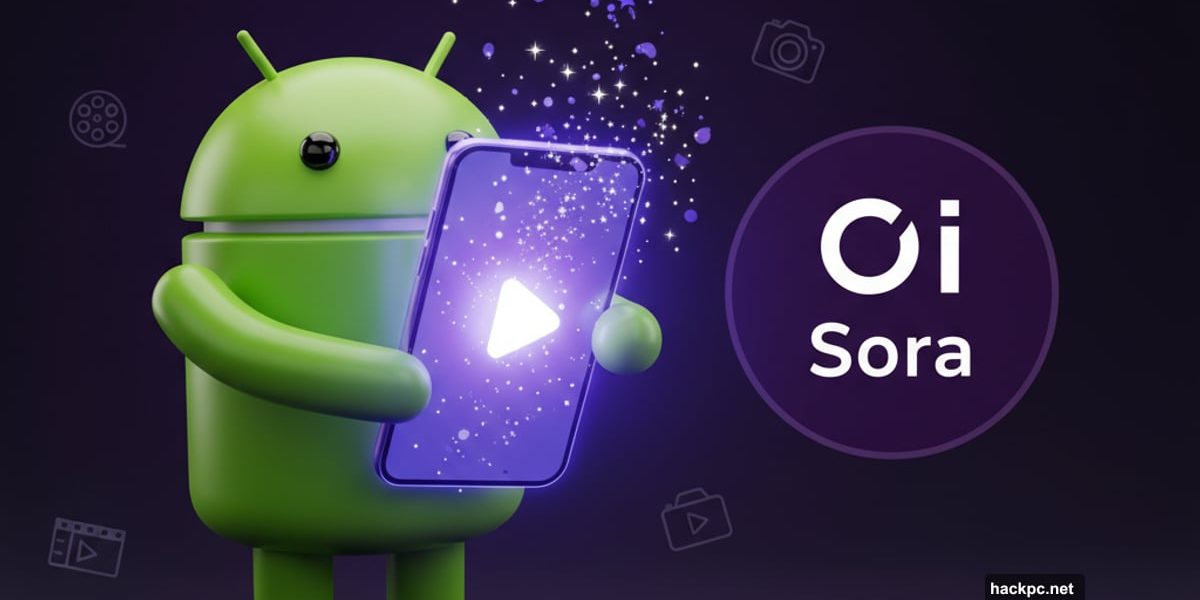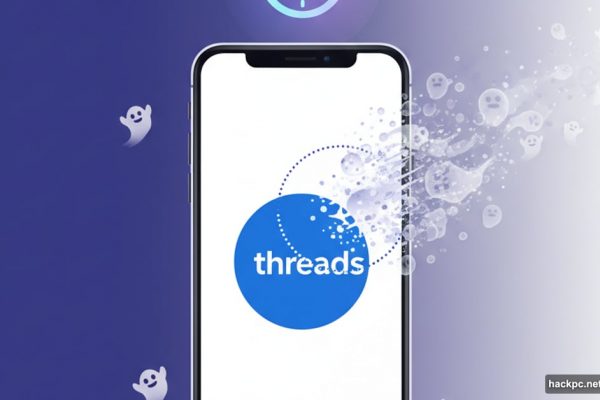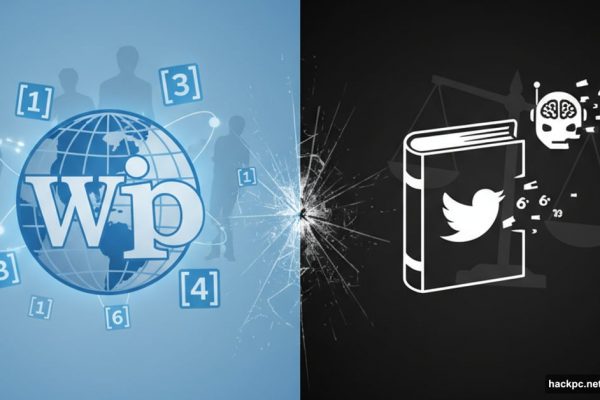
OpenAI stopped making you wait for an invite. The company just released its Sora AI video app for Android users after months of iOS exclusivity.
Before now, Android users could only access Sora through web browsers. That changed Tuesday when the app hit Google Play Store. Plus, OpenAI killed the invite-only system entirely, opening Sora to anyone who wants to try it.
But the Android release is just one piece of a bigger push. OpenAI’s adding new features that signal where this AI video thing is heading.
Cameos Work Beyond Human Faces Now
Sora’s cameo feature started simple. You could put people’s faces into AI-generated videos. Now it’s expanding fast.
Soon you’ll be able to cameo your pets, stuffed animals, or characters from other Sora videos. OpenAI already added Halloween-themed characters as test cases. The feature lets you inject recognizable subjects into nearly any video scenario.
The generation interface will also surface trending cameos in real-time. Think TikTok’s For You page but for AI video templates. This could make viral moments spread faster since anyone can remix popular cameos instantly.
However, OpenAI faces serious questions about consent and deepfakes. The company says it’s working with SAG-AFTRA and other organizations to prevent misuse. But those partnerships don’t solve the core problem of unauthorized likeness usage.
Basic Editing Arrives in the App
OpenAI added video editing tools directly inside Sora. Right now that means stitching clips together within the app.
This matters because it keeps creators inside Sora’s ecosystem. Previously you’d need to export clips and edit elsewhere. Now you can string together multiple generations without leaving the app.
More advanced editing features are coming soon according to Bill Peebles, head of Sora. OpenAI clearly wants Sora to compete with actual video editing software, not just be a novelty generator.

For professional creators, this could make Sora viable for real projects. But it also means OpenAI is targeting creative professionals it previously alienated with AI-generated content.
Videos Got Longer But Still Hit Limits
Free users can now make 15-second videos on iPhone and web. Pro users get up to 35 seconds on the web.
Those limits feel restrictive compared to other platforms. Google’s Veo 3 recently upgraded to handle longer generations. OpenAI’s playing catch-up on video length, which is odd given Sora’s initial hype.
The timing of this announcement is suspect too. It came one day after Google upgraded Veo 3. OpenAI seems reactive rather than leading on video duration.
If you hit your daily generation limit, you can pay $4 for 10 more videos. Free users get 30 videos per day. Pro users get 100. Your Sora account links to ChatGPT, so ChatGPT Pro subscribers automatically have Sora Pro access.
Storyboarding Targets Professional Creators
Pro users on the web now get storyboarding tools. This lets you plan out videos before generating them, matching traditional filmmaking workflows.
It’s an unexpected addition given Sora’s current vibe. Most videos on the platform are short, funny clips. Not professional-grade productions.
But OpenAI clearly wants both audiences. Storyboarding, longer videos, and editing tools all point toward courting professional creators. Meanwhile, cameos and trending templates chase viral moments and casual users.
Google’s Flow AI filmmaking program already includes storyboarding. So OpenAI is matching features from competing platforms rather than innovating.

Community Features Are Coming Soon
OpenAI is testing ways to use Sora with specific communities rather than just a global feed. Think channels for your workplace, university, hobbies, or sports teams.
This could make Sora feel less chaotic. Right now the public feed is a firehose of random AI videos. Community channels would let you find relevant content easier.
Instagram and Reddit already proved community-based feeds work better for specific interests. OpenAI is copying that playbook, which makes sense. But it’s also admitting the current global feed doesn’t work great.
The social features remain vague though. OpenAI hasn’t shown what these communities will actually look like or how they’ll function.
Professional Creators Remain Skeptical
These updates target professional creators who previously avoided Sora. Longer videos, storyboarding, and editing tools all serve that audience.
But many professional creators oppose AI-generated content on principle. They view it as stealing from artists who created the training data. OpenAI’s partnership with SAG-AFTRA doesn’t address those fundamental concerns.
Plus, professional tools require professional quality. Sora still produces videos with obvious AI artifacts. The motion often looks uncanny. Text rendering remains terrible. Until those quality issues improve, pros won’t switch from traditional tools.
OpenAI is trying to serve two masters. Casual users want quick, fun videos. Professionals need reliable, high-quality output. Those requirements often conflict, and right now Sora excels at neither.
The company is moving fast though. These updates came weeks apart, not months. So maybe quality improvements arrive faster than expected. Or maybe OpenAI is just throwing features at the wall to see what sticks.
Either way, Android users can finally join the chaos. Download Sora from Google Play Store and start generating. Just manage your expectations about what AI video can actually do.
Post Title: Sora Android App Launches With New AI Video Tools
Meta Description: OpenAI stopped making you wait for an invite. The company just released its [Sora](https://sora.com) AI video app for Android users after months of iOS exclusivity.



Comments (0)